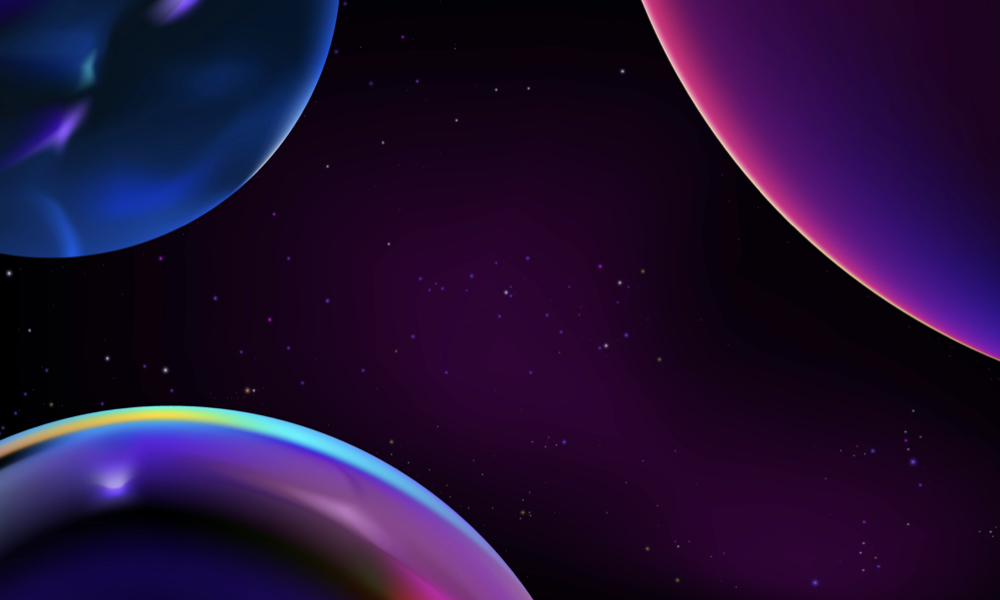
ESA Open Invitation To Tender AO8235
Open Date: 16/04/2015
Closing Date: 02/06/2015
Status: ISSUED
Reference Nr.: 14.123.11
Prog. Ref.: General Studies
Budget Ref.: E/0600-00 – General Studies
Special Prov.: B+DK+F+D+I+NL+E+S+CH+GB+IRL+A+N+FIN+POR+GR+LUX+CZ+RO+PL+CDN
Tender Type: C
Price Range: 200-500 KEURO
Establishment: ESTEC
Directorate: Directorate of Technical & Quality Manag
Department: System, Software & Technology Department
Division: Future Prep. & Strategic Studies Off.
Contract Officer: Almeida, Rudolfo
Last Update Date: 16/04/2015
Update Reason: Tender issue
Compressive sensing (CS) is an emergent signal processing theory that enables the reconstruction of images from far fewer measurements than those that are usually considered necessary. CS has been the key for many interesting applications, being one of those a single-pixel camera, which uses a single photodetector instead of an array for imaging. The time-multiplexing technique used to reconstruct a 2D image from a single pixel enables the use of a single performance-optimized photodetector. This is particularly importantwhen there are no N-pixel arrays/matrices available in the desired wavelength range or have poor performance compared with single detectors. Advantages of the implementation of an optical compressive sensing camera are: miniaturization of the system (power and size), compression of data, enhanced signal to noise ratio instrument, and the availability and optimization of single pixel detector performan ces for the desired application. The aim of this study is to review optical compressive sensing technologies and identifypotential space applications for it. After the selection of two space applications the preliminary design of two instruments implementing optical CS technology shall be established. A technology roadmap development plan for optical CS technologies shall be performed at the end of the study. Some examples of space applications that can benefit from this technique and shall be investigated in detail are: imaging and hyperspectral instruments for Earth Observation and Robotic Exploration missions and 3D imaging LIDARs (for rendezvous, landing and rover navigation).
If you wish to access the documents related to the Invitation to Tender, you have to log in to the ESA Portal.
